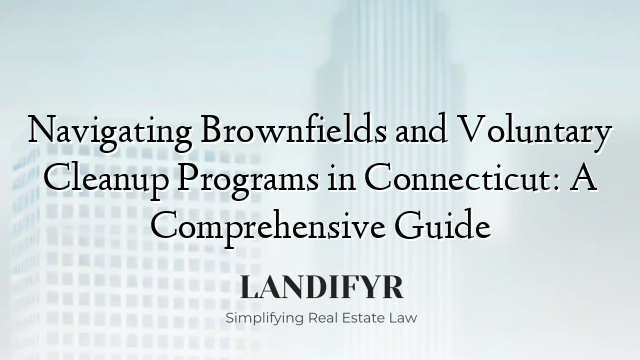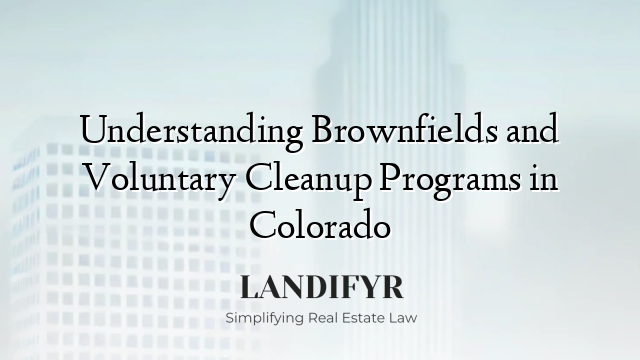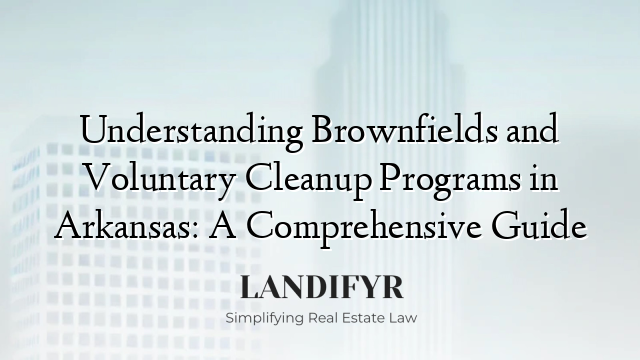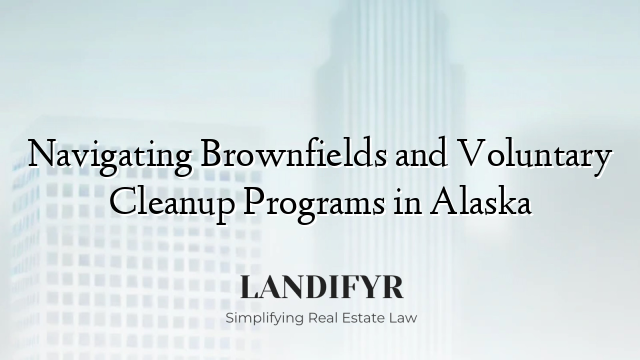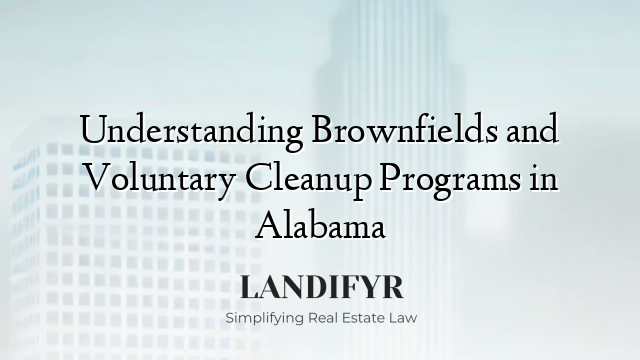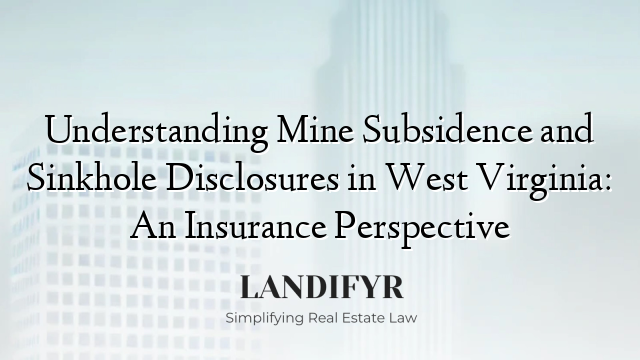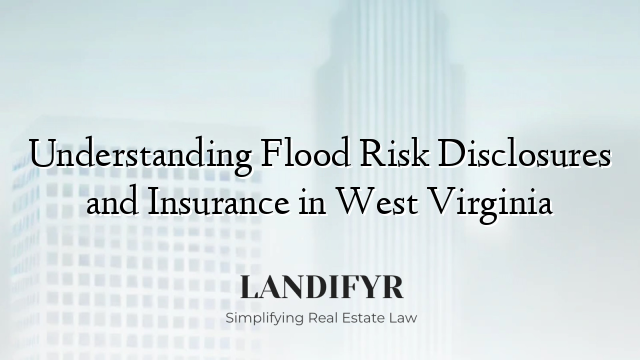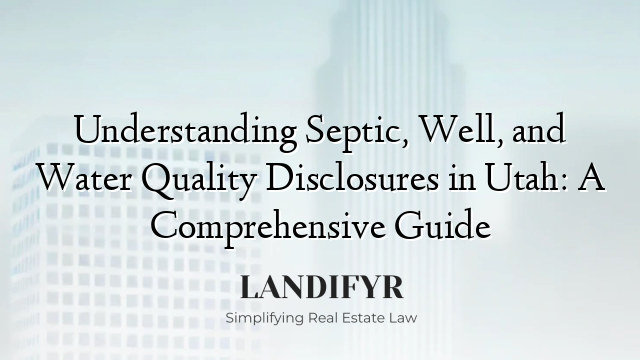Navigating Brownfields and Voluntary Cleanup Programs in Connecticut: A Comprehensive Guide
Understanding Brownfields: Definition and Importance Brownfields are defined as previously developed properties that are underutilized or abandoned due to the presence, or potential presence, of hazardous substances or contaminants. These sites often include former industrial facilities, gas stations, or landfills, and can be found throughout Connecticut. The term “brownfield” encompasses a wide range of properties, […]
